October’s full Harvest Moon looms large over the eastern horizon at sunset tonight! Here’s what you need to know before the first supermoon of 2025 rises to dominate the night sky with a magnificent display of moonlight.
The full moon phase will occur at 11:48 p.m. EDT on Oct. 6 (0348 GMT Oct. 7), when the lunar disk will appear fully-lit opposite the sun in Earth‘s sky, shining next to the stars of the constellation Pisces with Saturn gleaming to its upper right.
This October’s full moon is known as the Harvest Moon, owing to its proximity to the autumn equinox — when farmers would labor under the light of the moon to gather their crops long before artificial light was invented. It also coincides with the moon‘s closest approach to Earth in its 27-day orbit, giving rise to a spectacular supermoon, which will appear subtly larger and brighter than usual as it rises above the eastern horizon.
Look east at sunset on Oct. 6 to witness the lunar disk climbing through the dusk sky mere hours before it reaches its full moon phase, which will occur close to midnight for viewers in New York. Stargazers will likely see the moon take on a yellow-orange hue during moonrise, as Earth’s atmosphere scatters the shorter, bluer wavelengths of moonlight, while allowing the longer, redder wavelengths to journey through relatively unhindered.
Be sure to look out for the bright streaks of ejecta rays streaking outward from impact craters to mark the dark expanses of the lunar seas. It’s also a perfect time to take your telescope or a pair of binoculars to hunt down the six Apollo-era human landing sites scattered across the lunar surface using our handy spotting guide, though it’ll be impossible to spot the actual lunar hardware from Earth. Take a look at our tips on how to observe the moon to discover what other majestic features will be on show as Earth’s natural satellite hits its full moon phase.
Astrophotographers hoping to capture an image of October’s full Harvest Moon should also read our expert’s guide detailing how to image a supermoon using a DSLR camera. Those looking to upgrade their equipment should also check out our recommendations for the best cameras and lenses for astrophotography available in 2025.
Credşt: www.space.com

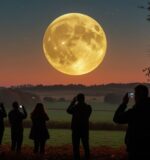
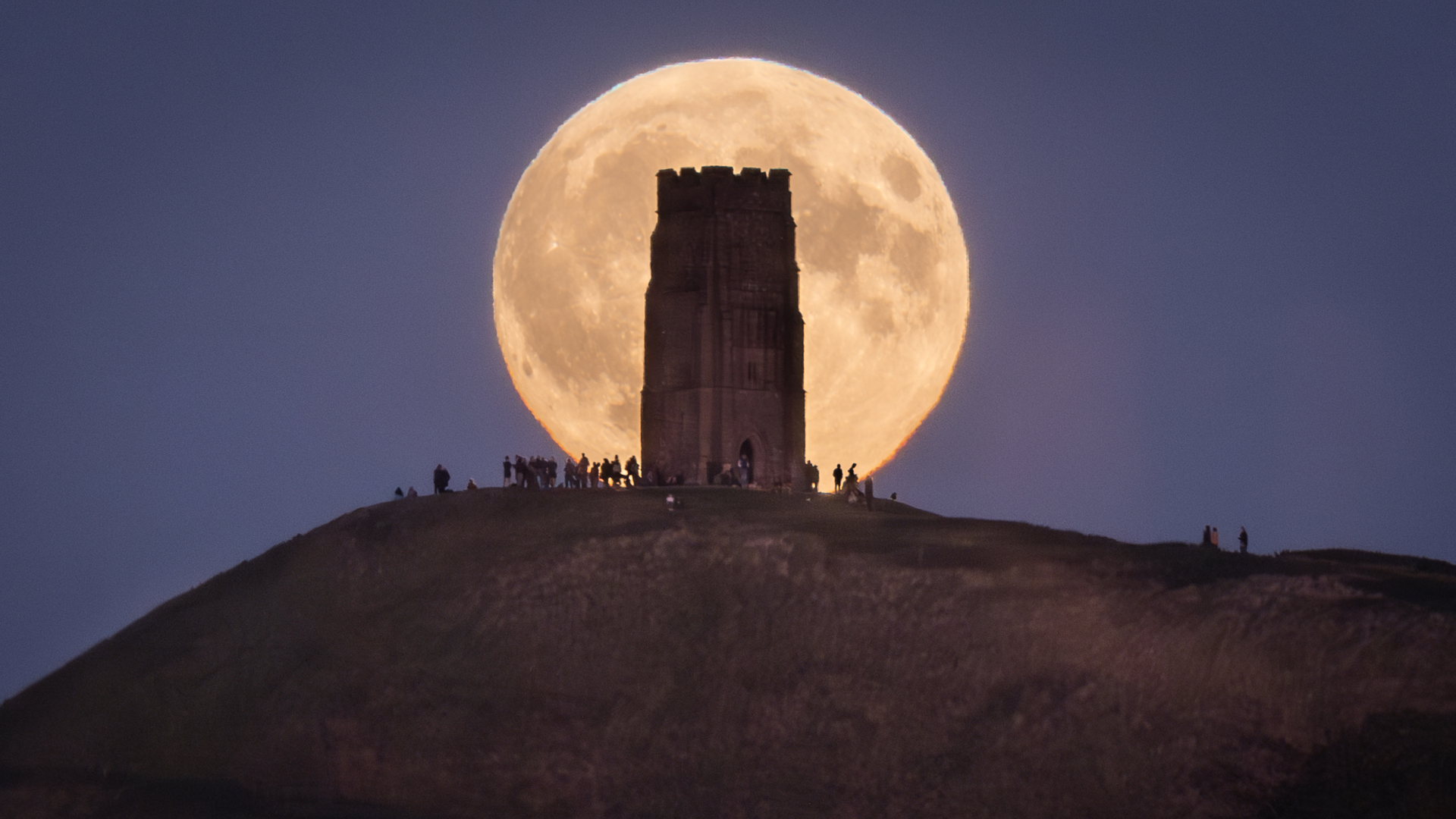
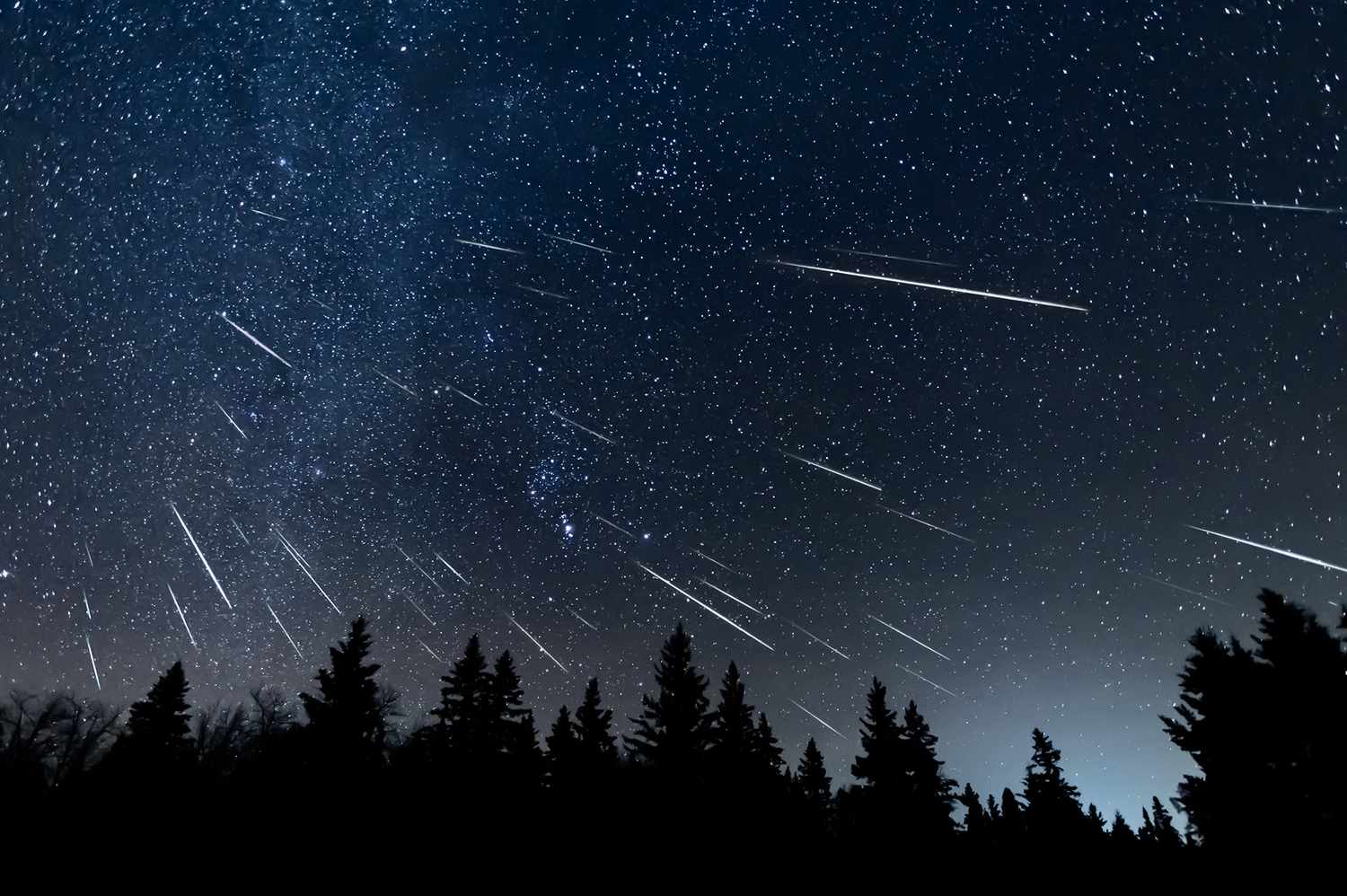
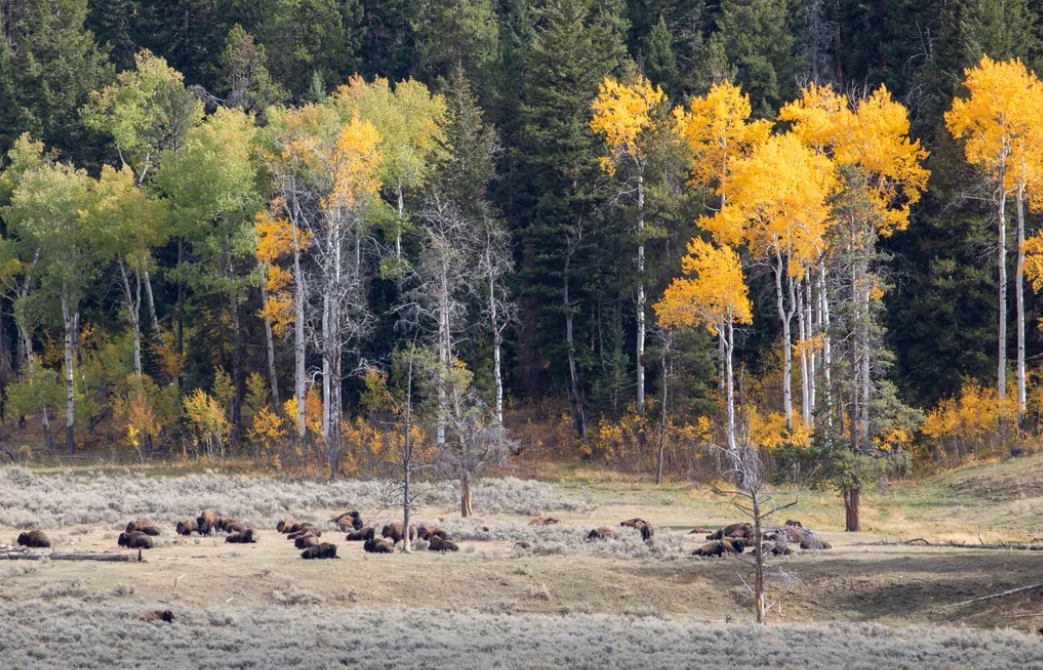
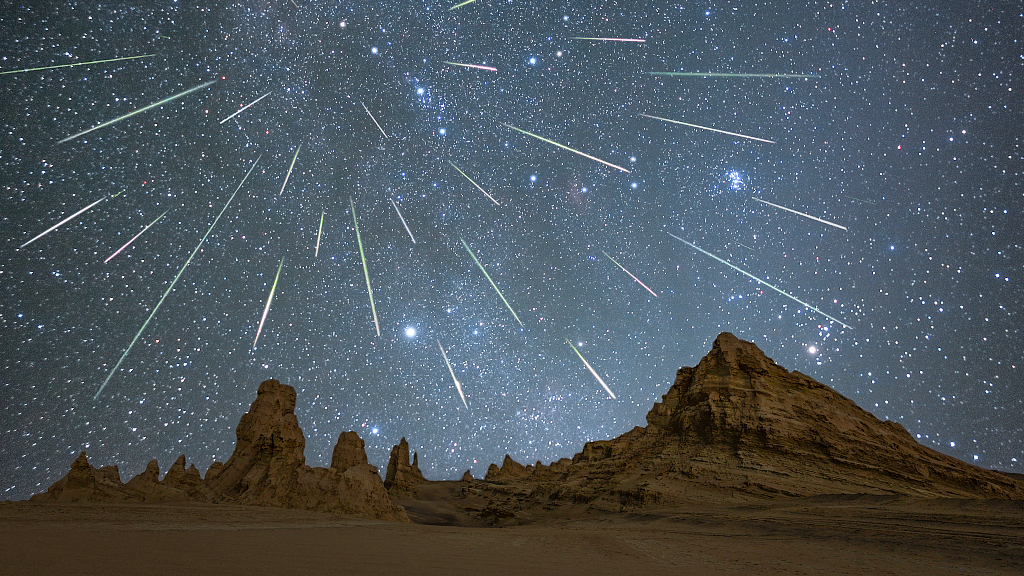
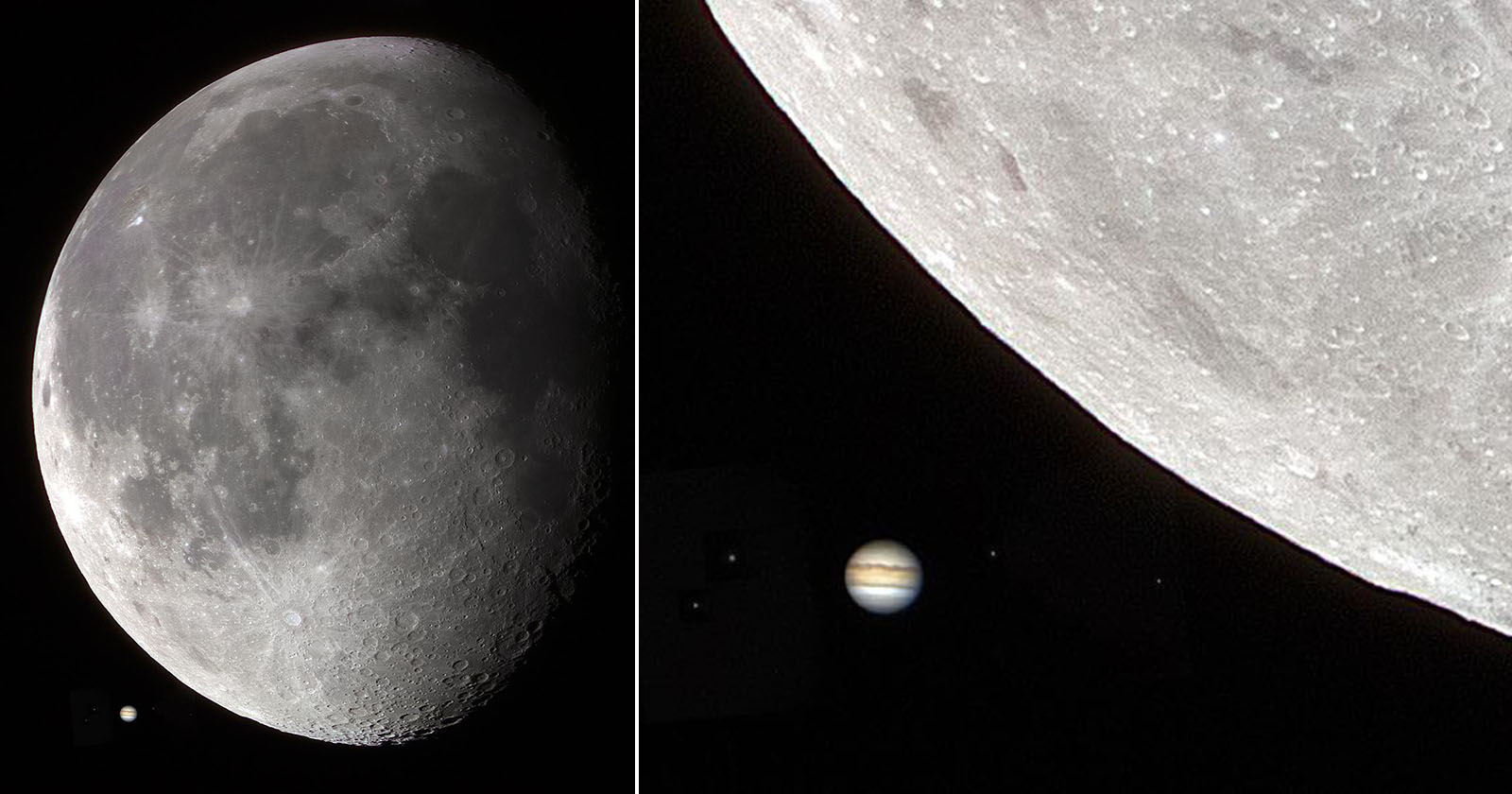
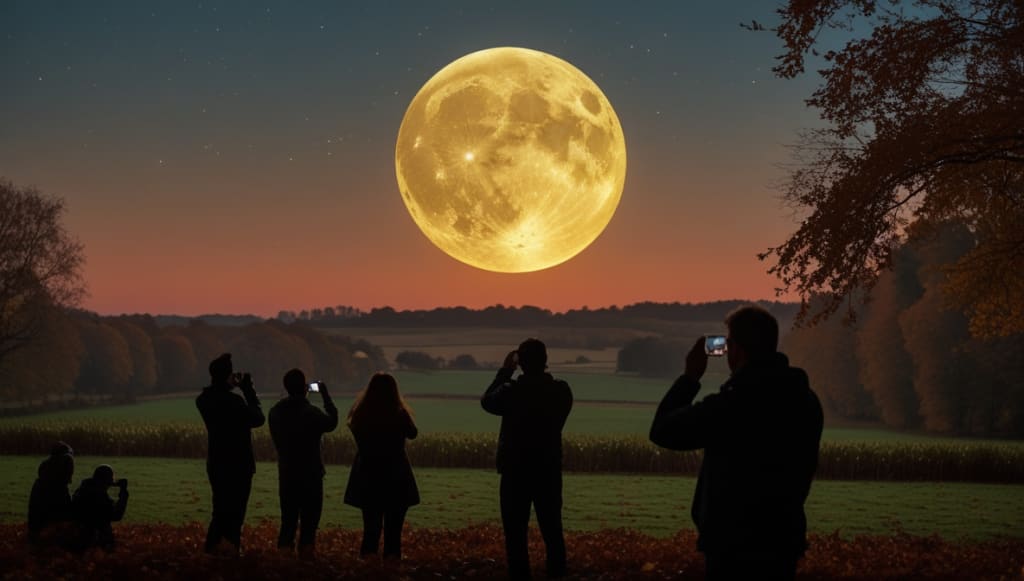
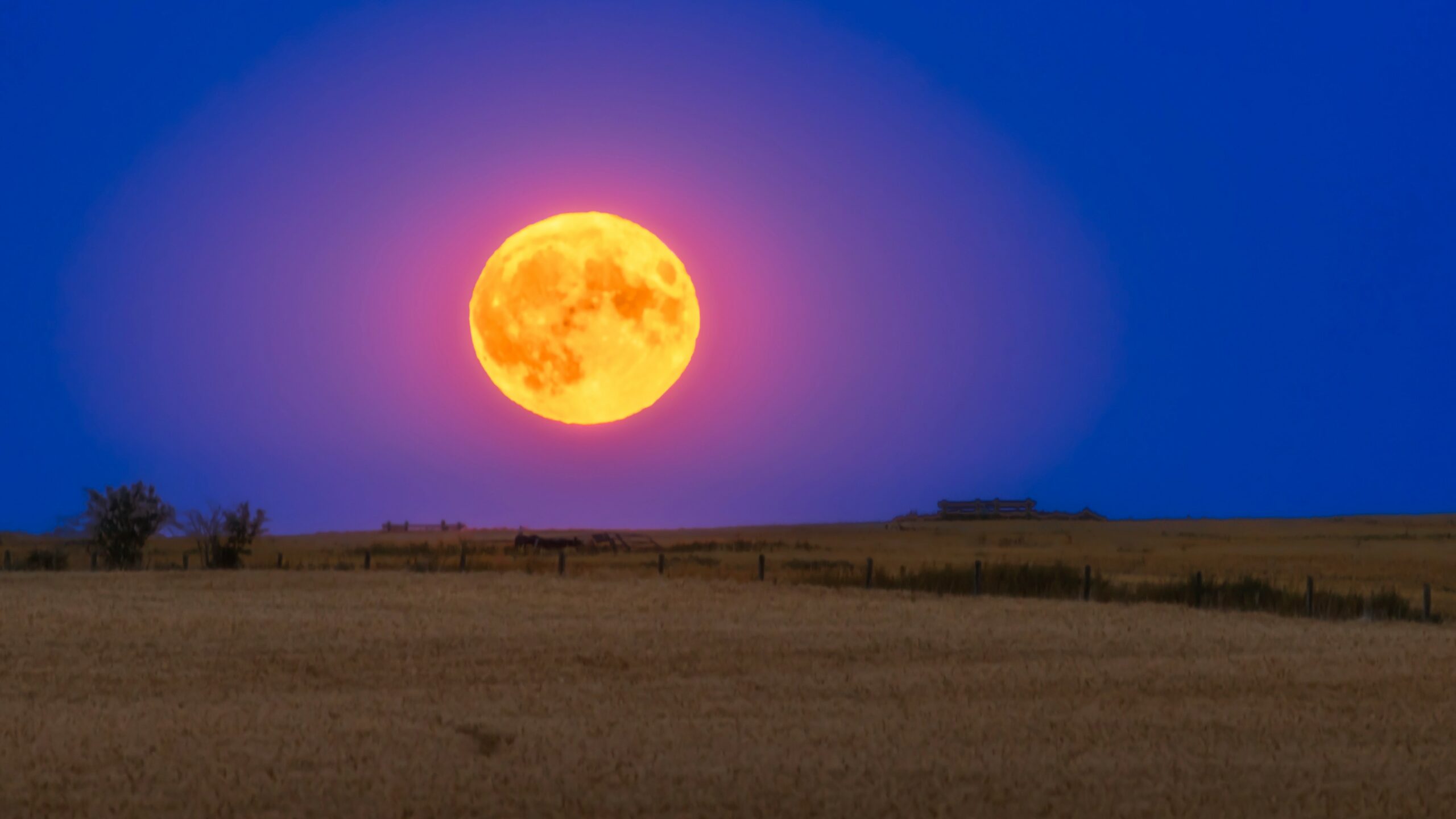
 Photographer Finds Locations Of 1960s Postcards To See How They Look Today, And The Difference Is Unbelievable
Photographer Finds Locations Of 1960s Postcards To See How They Look Today, And The Difference Is Unbelievable  Hij zet 3 IKEA kastjes tegen elkaar aan en maakt dit voor zijn vrouw…Wat een gaaf resultaat!!
Hij zet 3 IKEA kastjes tegen elkaar aan en maakt dit voor zijn vrouw…Wat een gaaf resultaat!!  Scientists Discover 512-Year-Old Shark, Which Would Be The Oldest Living Vertebrate On The Planet
Scientists Discover 512-Year-Old Shark, Which Would Be The Oldest Living Vertebrate On The Planet  Hus til salg er kun 22 kvadratmeter – men vent til du ser det indvendigt
Hus til salg er kun 22 kvadratmeter – men vent til du ser det indvendigt  Superknepet – så blir snuskiga ugnsformen som ny igen!
Superknepet – så blir snuskiga ugnsformen som ny igen! 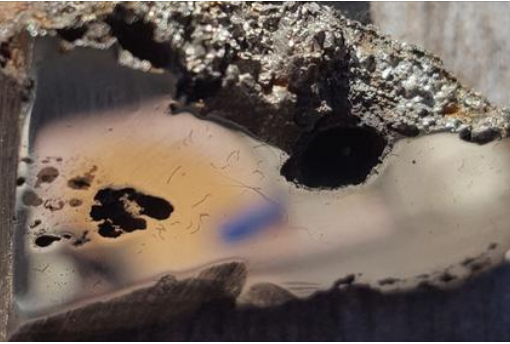 Meteorite That Recently Fell in Somalia Turns Out to Contain Two Minerals Never Before Seen on Earth
Meteorite That Recently Fell in Somalia Turns Out to Contain Two Minerals Never Before Seen on Earth  Nearly Frozen Waves Captured On Camera By Nantucket Photographer
Nearly Frozen Waves Captured On Camera By Nantucket Photographer  It’s Official: Astronomers Have Discovered another Earth
It’s Official: Astronomers Have Discovered another Earth 